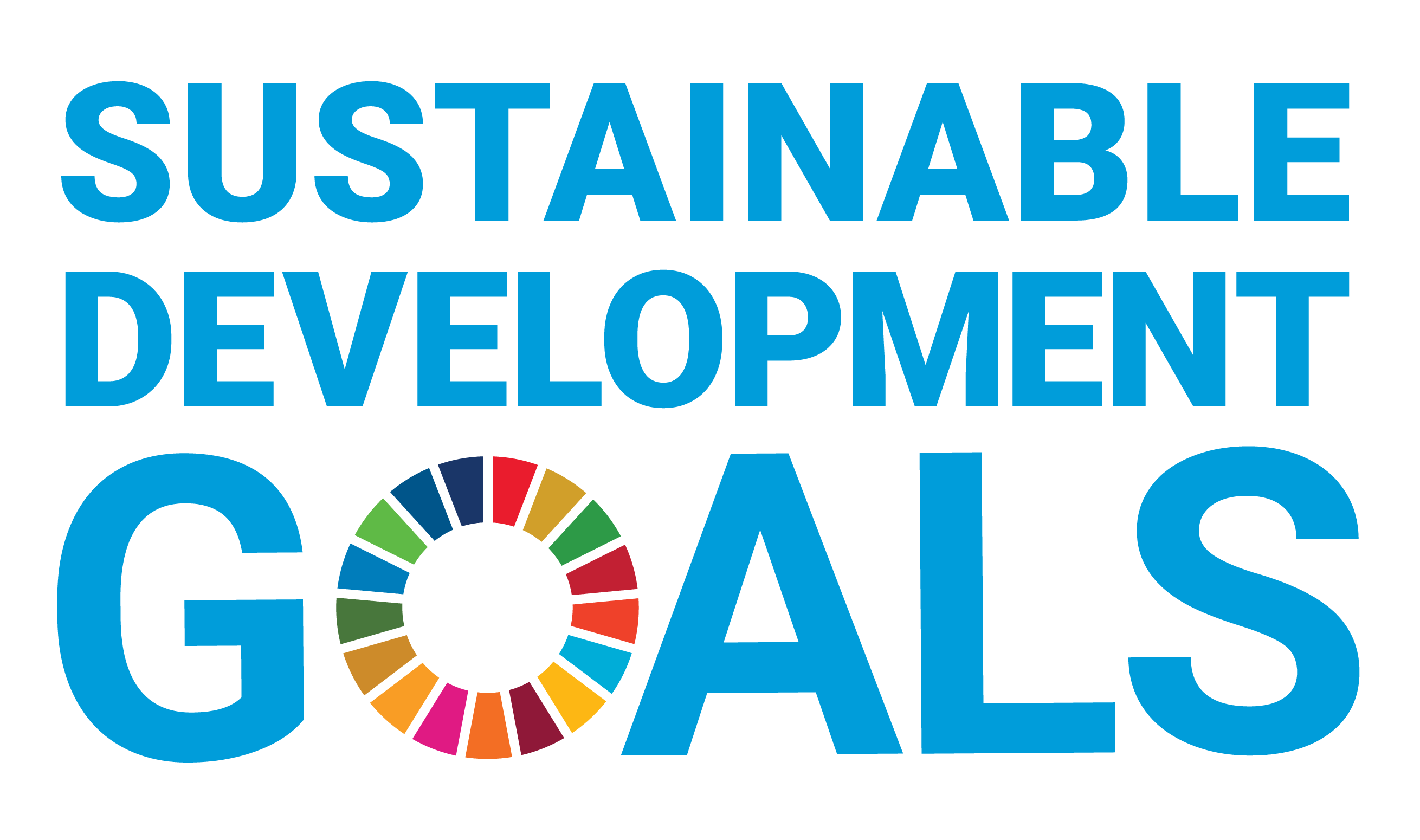Document Type
Article
Publication Date
1-26-2022
Abstract
The low-cost and easy-to-use nature of rapidly developed PM2.5 sensors provide an opportunity to bring breakthroughs in PM2.5 research to resource-limited countries in Southeast Asia (SEA). This review provides an evaluation of the currently available literature and identifies research priorities in applying low-cost sensors (LCS) in PM2.5 environmental and health research in SEA. The research priority is an outcome of a series of participatory workshops under the umbrella of the International Global Atmospheric Chemistry Project–Monsoon Asia and Oceania Networking Group (IGAC–MANGO). A literature review and research prioritization are conducted with a transdisciplinary perspective of providing useful scientific evidence in assisting authorities in formulating targeted strategies to reduce severe PM2.5 pollution and health risks in this region. The PM2.5 research gaps that could be filled by LCS application are identified in five categories: source evaluation, especially for the distinctive sources in the SEA countries; hot spot investigation; peak exposure assessment; exposure–health evaluation on acute health impacts; and short-term standards. The affordability of LCS, methodology transferability, international collaboration, and stakeholder engagement are keys to success in such transdisciplinary PM2.5 research. Unique contributions to the international science community and challenges with LCS application in PM2.5 research in SEA are also discussed.
Recommended Citation
Lung, S.C.C., Hien, T.T., Cambaliza, M.O.L., Hlaing, O.M.T., Oanh, N.T.K., Latif, M.T., Lestari, P., Salam, A., Lee, S.Y., Wang, W.C.V., Tsou, M.C.M., Cong-Thanh, T., Cruz, M.T., Tantrakarnapa, K., Othman, M., Roy, S., Dang, T.N., & Agustian, D. (2022). Research Priorities of Applying Low-Cost PM2.5 Sensors in Southeast Asian Countries. International Journal of Environmental Research and Public Health, 19. https://doi.org/10.3390/ijerph19031522
Included in
Environmental Indicators and Impact Assessment Commons, Environmental Public Health Commons, Physics Commons



